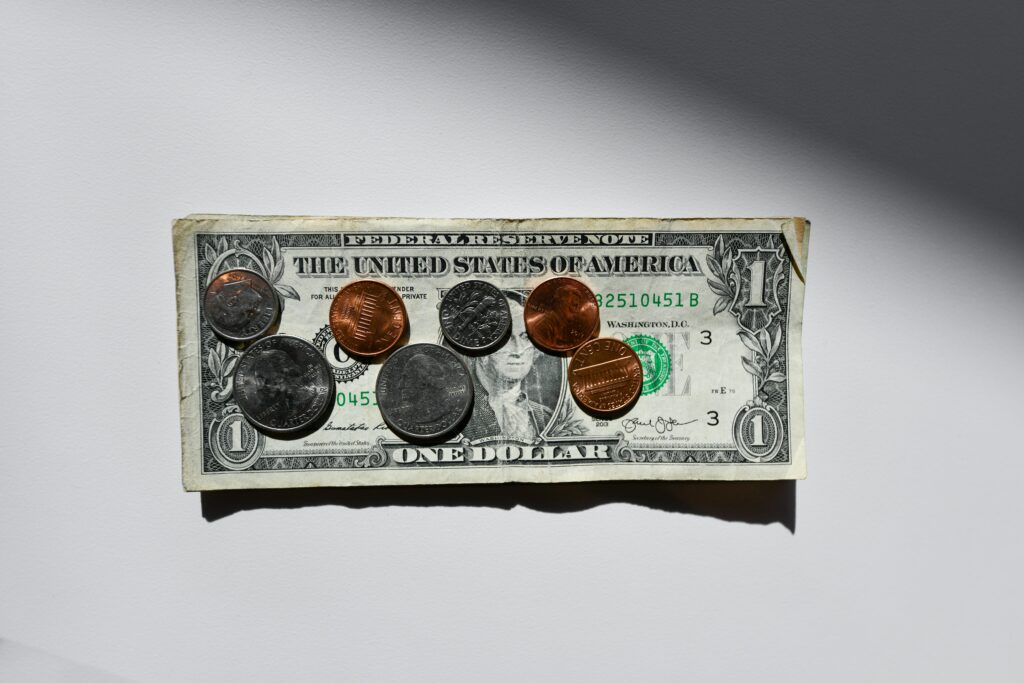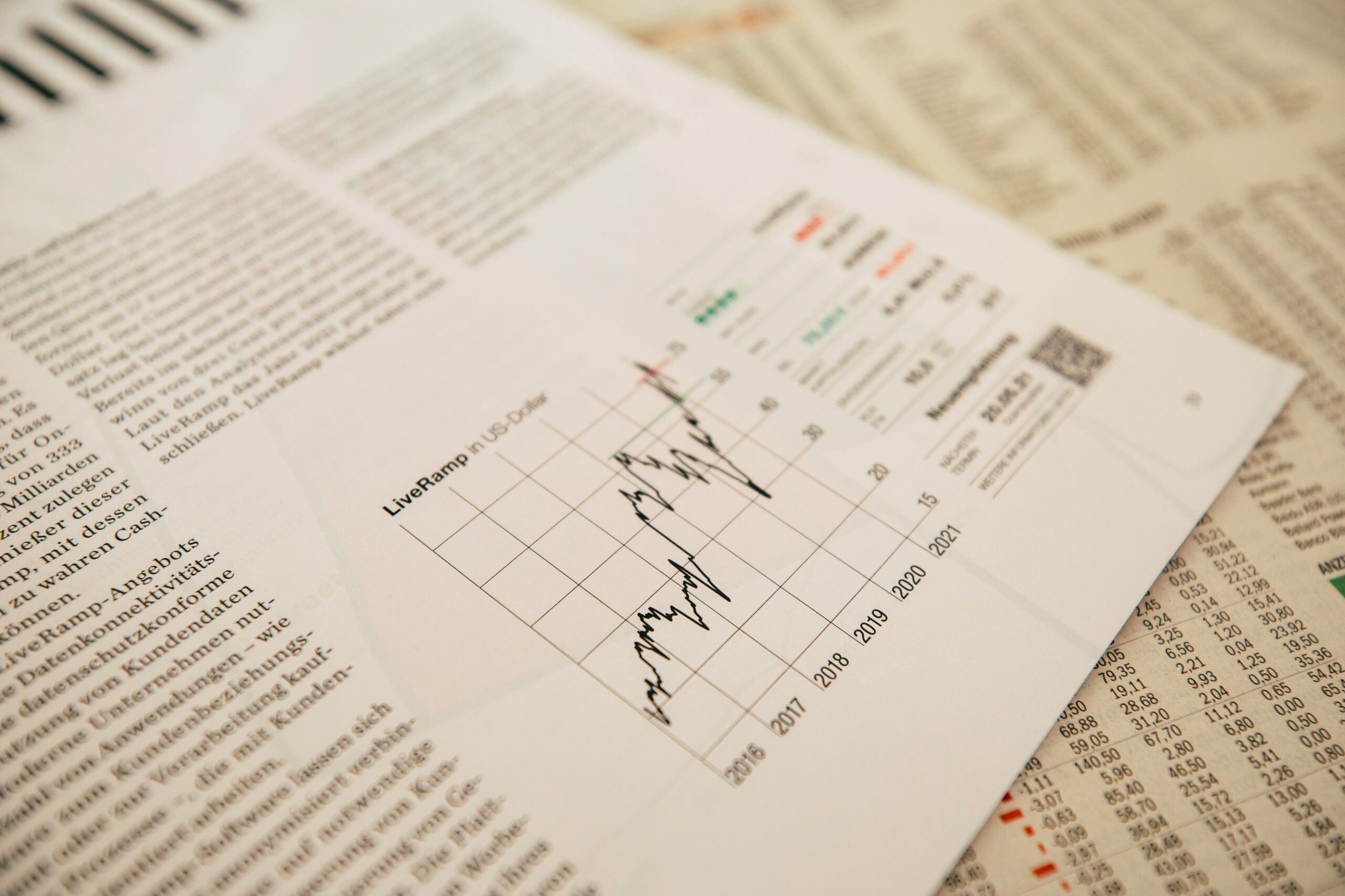The US Fed interest rates remain the single most important factor influencing financial markets, business decisions, and consumer spending worldwide. In 2025, with inflation pressures easing but economic uncertainty still looming, the Federal Reserve’s policies continue to dominate headlines. Understanding how these rate changes affect businesses, households, and global markets is crucial for anyone keeping an eye on the economy.
Why the US Fed Interest Rates Matter
The Federal Reserve, often referred to as “the Fed,” uses interest rates as its primary tool to control inflation and stabilize the economy. When inflation rises, the Fed increases rates to cool demand. When growth slows, it cuts rates to stimulate borrowing and investment.
The US Fed interest rates directly impact:
- Mortgage rates: Higher rates mean higher monthly payments for homebuyers.
- Business loans: Companies face steeper borrowing costs, affecting investment and hiring.
- Consumer credit: Credit card debt and auto loans become more expensive.
- Global markets: Since the US dollar is the world’s reserve currency, Fed policy affects trade and investments globally.
The Current Fed Policy in 2025
In September 2025, the Fed has kept interest rates relatively high, after aggressive hikes in 2023 and 2024 to combat inflation. Although inflation has eased compared to its pandemic-era peaks, it remains slightly above the Fed’s long-term target of 2%.
The central bank has adopted a cautious stance:
- No immediate cuts: Officials warn that cutting too early could risk a resurgence of inflation.
- Focus on stability: Fed Chair Jerome Powell has emphasized the importance of maintaining “monetary discipline” while monitoring economic growth.
- Gradual adjustments: Markets expect possible rate cuts in late 2025 if inflation continues to trend downward and growth softens further.
Impact on Businesses
For businesses, the US Fed interest rates bring both challenges and opportunities:
- Higher borrowing costs: Small and medium-sized businesses relying on loans face tighter margins.
- Corporate investment slowdown: Many large companies are holding back on expansion until borrowing becomes cheaper.
- Stronger dollar effect: Higher interest rates tend to strengthen the US dollar, making American exports more expensive but lowering import costs.
Tech firms and startups, in particular, have struggled under high interest rates since venture capital funding becomes harder to secure in a tighter monetary environment.
Impact on Consumers
For consumers, the US Fed interest rates affect everyday life:
- Housing market: Mortgage rates remain elevated, discouraging new homebuyers and slowing real estate transactions.
- Credit cards: With average credit card interest rates above 20%, households carrying debt are under pressure.
- Savings accounts: On the flip side, higher rates benefit savers, as banks offer better returns on deposits.
The net effect has been a shift in consumer behavior—people are spending more cautiously, focusing on essentials, and delaying big-ticket purchases.

Global Ripple Effects
Because the US dollar dominates global trade and finance, the US Fed interest rates also impact international economies.
- Emerging markets: Countries with dollar-denominated debt face higher repayment costs.
- Global trade: A stronger dollar makes US goods more expensive abroad, but benefits American importers.
- Stock markets: Investors around the world watch Fed announcements closely, with equity markets often reacting within minutes.
For example, central banks in Europe and Asia often adjust their own policies in response to the Fed to maintain currency stability and prevent capital outflows.
What to Expect Next
Looking ahead, economists are divided on the Fed’s next moves:
- Rate cuts possible in late 2025: If inflation keeps easing and unemployment ticks up, the Fed could begin modest cuts.
- Steady rates if inflation persists: Should inflation remain stubbornly high, the Fed will likely keep rates elevated into 2026.
- Market volatility: Each Fed announcement is expected to spark strong reactions in stocks, bonds, and currency markets.
Ultimately, the trajectory of the US Fed interest rates will depend on economic data in the coming months—particularly inflation, wage growth, and consumer demand.
Conclusion
The US Fed interest rates continue to shape the global economy in 2025. From business investment decisions to mortgage payments and international trade, the ripple effects are felt everywhere. While high rates are straining borrowers, they remain a critical tool to keep inflation under control.
For now, businesses and consumers alike should prepare for a period of elevated borrowing costs, while keeping an eye on late 2025 as the potential turning point for policy easing.
Source: Federal Reserve Newsroom


